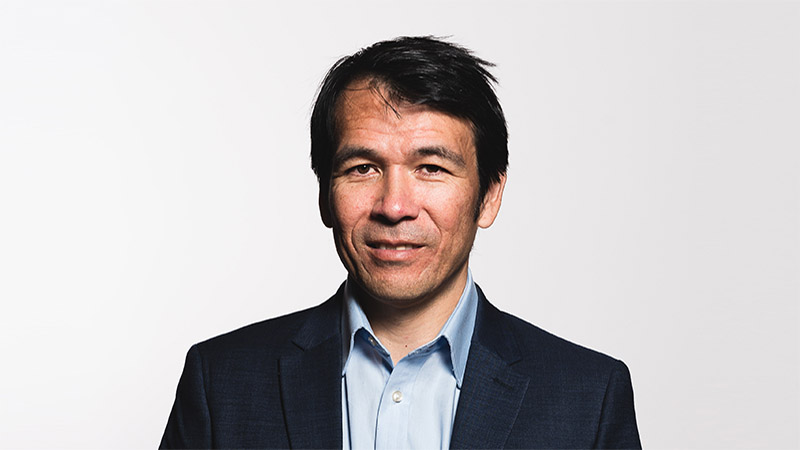By Mark Preskett, senior portfolio manager at Morningstar
The more things change, the more they stay the same. Inflation, interest rates, and the likelihood of a recession continue to be the key themes driving markets, just as they have been for more than a year now. But while the themes remain the same, the tone is shifting.
Twelve months ago, 85% of economists and market analysts expected the US and global economy to fall into a recession and investors were voting with their feet – equity fund outflows in 2023 ended up being both protracted and significant.
Yet a recession did not transpire and equity markets delivered a decent set of positive returns for investors, especially in the US.
Today, the market is leaning more towards an expectation of lower inflation, no recession and significant interest rate cuts. This is a goldilocks-like scenario that is far from guaranteed, and there are early signs already in 2024 that investors may be stepping back from this narrative.
Documenting a market outlook is always a humbling experience and we don’t claim to hold a crystal ball in our market assessments. The experiences of 2023 are a good example how difficult it is to make precise macro forecasts.
See also: Baroness Dambisa Moyo: Why traditional multi-asset portfolios may lose their shine
The investment arena may appear daunting given these macro-economic uncertainties, but we are seeing many exciting investment opportunities which warrant capital in a multi-asset portfolio. Within equities, overall market multiples appear reasonable – running not too hot, and not too cold – with all major countries better placed than they were a few years ago from a valuation standpoint.
US equities should continue to play an important role in portfolios, although the concentrated rise in the Magnificent Seven has created opportunities to add selected value, which looks especially interesting in smaller, value-oriented companies.
One long-term risk is the lack of earnings growth. Last year we saw stock prices rising in the United States due to multiple expansion, rather than due to earnings uplifts.
One potential reason for the expansion of multiples this year was a belief that central banks would quickly and aggressively pivot to rate cuts. However, markets are currently pricing in five interest rate cuts in 2024, which appears quite optimistic to us.
Financial services, squarely a cyclical value-leaning sector, leaps out as inexpensive with low expectations. Rising rates and the 2023 US banking crisis led the sector to underperform. We believe much of the risk here has been discounted and that US banks are worth a look.
See also: Investor ‘disappointment’ as JPMAM and State Street exit CA100+
Outside of the US, the broad opportunity in emerging markets has grown more significant during 2023 as those stocks have lagged their developed-market peers.
Much of the performance drag can be attributed to Chinese stocks as investors weighed looming geopolitical and secular growth concerns. The aggregate sentiment toward emerging markets remains bearish in absolute (compared with its own history) and relative terms (compared with developed markets). As a result, we are happy to allocate capital to emerging markets, with a focus on Asia.
Fixed income is perhaps even more interesting than equities given the level of starting yields – which historically are highly correlated with returns – are near the highest levels since the global financial crisis. Real yields also remain elevated as inflation continues to abate.
An interesting feature of the yield curve is that the inversion remains pronounced and therefore yields on short-dated bonds exceed those of long-dated debt.
For investors with a more cautious mindset or shorter time horizon, we see short-dated bonds having appeal. However, if we do see inflation risks continue to recede, it may not be possible to lock in today’s long-term rates in the future. For investors with longer horizons, we would suggest exposure across the maturity profile and our portfolios’ duration is longer than it has been for many years.
We believe there is no need to stretch for yield. We prefer investment grade risk to high yield, with the latter offering investors relatively tight credit spreads when compared to historical averages. Corporate fundamentals look solid, and near-term refinancing risk is low, but we prefer allocating risk to other parts of the investment universe.
See also: LGIM to increase REIT exposure in UK property fund







